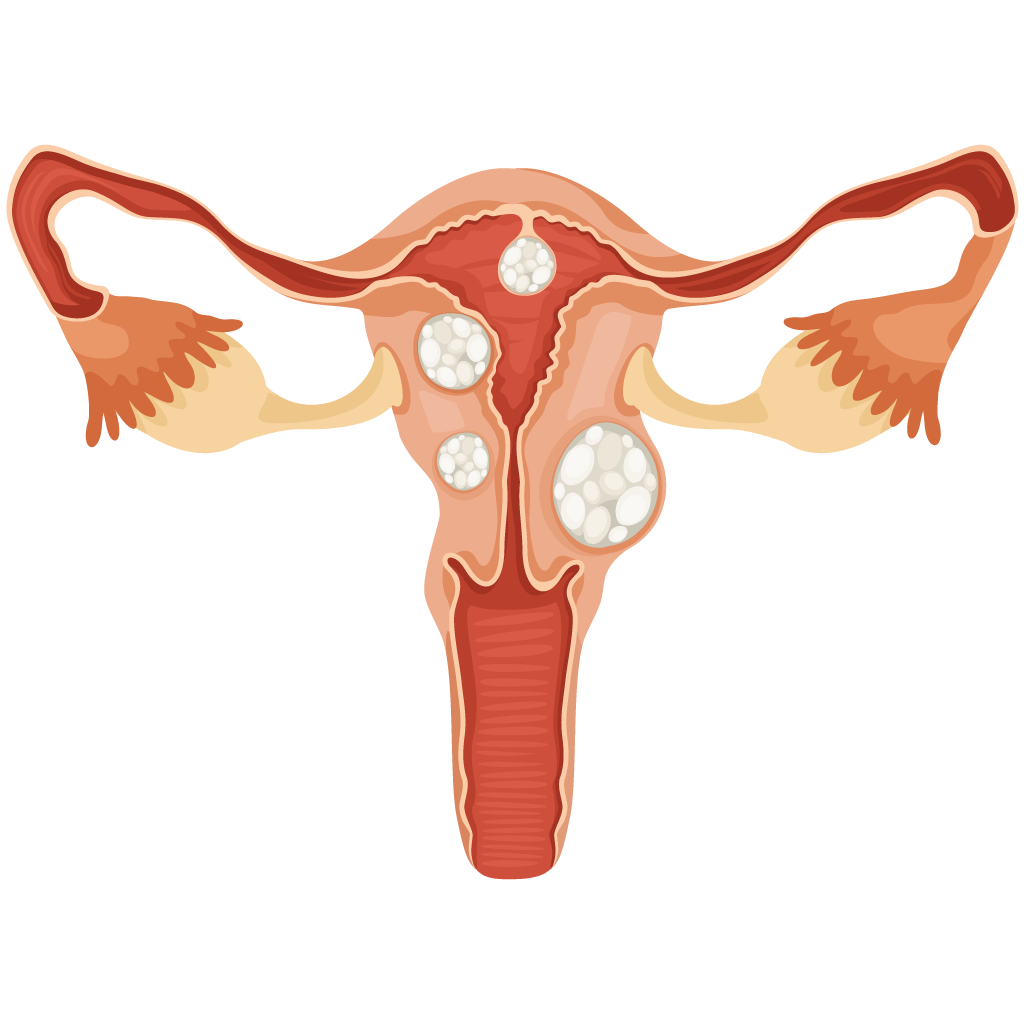Treatment options for uterine fibroids at Memphis Vascular Center
If symptoms are mild, fibroids may be controlled with medication and/or hormone treatment. While these may help to temporarily alleviate symptoms, the fibroids may continue to grow. Your OB/GYN may want to monitor their growth during regular examinations.
Myomectomy is a surgery to remove fibroids, and is generally recommended for women who wish to become pregnant at some point in the future. While this can be effective, the fibroids will often return within a couple of years. Hysterectomy (surgery to remove the uterus) is also recommended by some doctors. However, this may not be necessary and may lead to other health risks or early menopause.
A less invasive and effective approach for treating fibroids has emerged as a preferred option for most women with fibroids. Called uterine fibroid embolization or UFE, this FDA-approved procedure does not require surgery, is covered by insurance and offers a shorter recovery and faster return to normal activities.
How is UFE performed?
During the UFE procedure, an interventional radiologist uses X-ray imaging to guide a catheter through an artery in the groin to the uterine artery which feeds the fibroids. Tiny beads called “microspheres” are injected into the artery, where they become lodged in the smaller blood vessels surrounding the fibroids. This blocks the flow of blood, causing the fibroids to shrink and the symptoms to gradually disappear. UFE is clinically shown to improve or eliminate symptoms for more than 93% of women who have the procedure, and the majority continue to experience symptom relief for many years afterwards.

